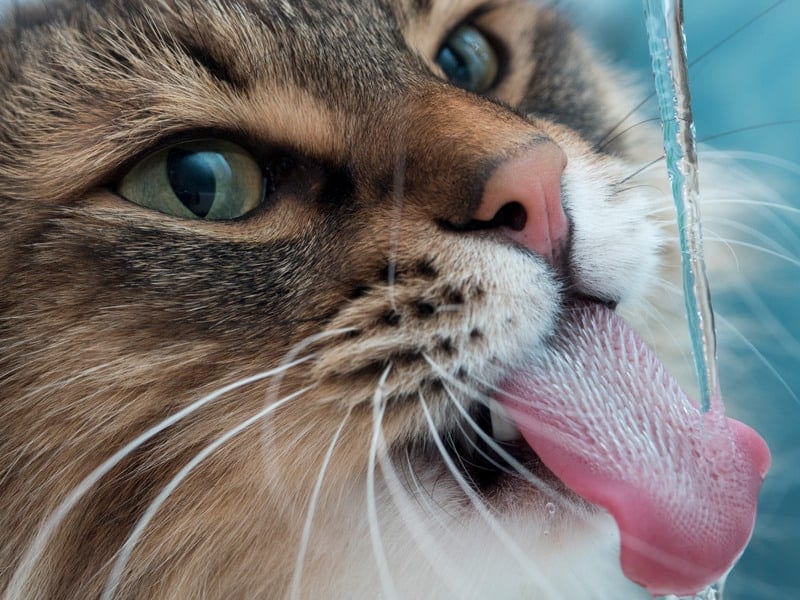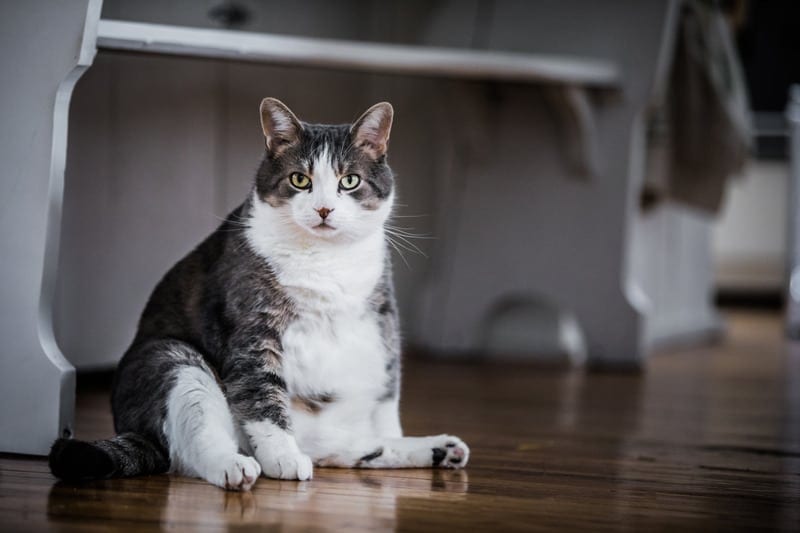Just like humans, cats can suffer from diabetes. The difference is, our feline friends rely on us to observe their behavior to get them the help they need when they need it. It is certainly possible for any cat of any breed to become diabetic. So, to help you, here is what you need to know about feline diabetes.
But first, know that diabetes in cats is a treatable condition and not a death sentence. With the right treatment plan, your feline friend can go on to live a long and healthy life right by your side.
What is diabetes mellitus in cats?
Diabetes mellitus in cats is very similar to that in humans, where the pancreas cannot produce insulin to help regulate glucose levels in the blood. There are 3 types of diabetes in cats; Type I, Type II, and Type III. The most common is Type II Diabetes in which the pancreas produces a small amount of insulin, but not enough to regulate the body. Obesity can lead to diabetes in cats.
What are the symptoms of diabetes in cats?
Cats are great at hiding symptoms of any medical condition or pain, but the most common symptoms of diabetes are an increase in water intake and urination, as well as avoiding the litter box when relieving themselves. They may have lost a substantial amount of weight quickly but act hungry all the time.
How feline diabetes is diagnosed
The first step in diagnosing diabetes in cats starts with a visit to the veterinarian’s office. The veterinarian will ask about appetite, water intake, and if you have noticed your cat visiting the litter box more frequently.
Once a history has been taken, your veterinarian will want to run a couple of tests such as CBC or Complete Blood Count and a Chemistry Panel, these blood tests will show what your cat’s glucose levels are, as well as what their liver and kidney values are. A urine sample will also want to be collected to tests for glucose and ketones. A diabetic cat will have high numbers of glucose in the urine because that is how it is excreted from the body.
Managing a diabetic cat at home
After diagnosing diabetes in your cat, your veterinarian will prescribe insulin to help manage glucose levels. Insulin in cats is usually given twice a day as an injection given subcutaneously or under the skin. Your veterinarian will teach you how to do these injections at home.
A new diet is also something your veterinarian will want to discuss with you. Diabetes requires a certain caloric intake. Hill’s and Royal Canin actually make diabetic specific foods to make feeding a bit easier. Whatever diet your veterinarian recommends, it is important to stick to it. Treats and table scraps can affect blood sugar levels substantially.
Follow-ups with the veterinarian
After a few weeks to a month, your veterinarian will want to see your cat back after being on insulin. They will need to keep your cat during the day so they can perform a glucose curve. This is a test that is basically blood glucose spot checks every 2 hours to determine if glucose levels are rising and falling at the appropriate times. The goal is to not have a drastic curve and to adjust the insulin amount given to keep glucose levels around the same all day. After a few curves and adjustments when newly diagnosed, your cat should be on their way to being a well-managed diabetic. They will just need to see their veterinarian once a year or as directed to see how their glucose levels are being regulated.
Having a newly diagnosed diabetic cat can be a bit scary and stressful, but don’t worry!
Listen to your veterinarian and come up with the best management plan for your cat once they’ve been diagnosed. Discovering that your cat is diabetic is the crucial first step towards developing a treatment plan to help manage feline diabetes.








